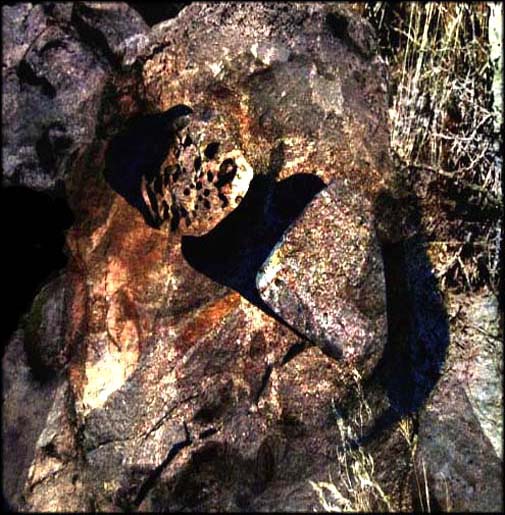
There are two vibrant
theories as to why so many myths around the world, although changing
in form within cultural context, share similar attributes.
One
hinges
on C.G. Jung's idea of archetypal structures that
give birth to myths,
a path taken by mythologist Joseph Campbell. Alternatively, anthropologists
say that I
saw Allen Ginsberg sign the bottom of a blank letter-size page for
a kid who was a maniac (this was the year before his death). It was
for a letter of recommendation. Allen said, ‘I'll sign the
paper and you fill-in it was human
migrations that disseminated these stories.
Creativity, thus mythology, began when organic chemistry dreamed it was biology. Since then, not stopping too long for the comfort of an idea, or the solace of a God, is to find that less and less about reality is known. When explored beyond their shoals, all the arts, sciences, and spiritual ways reveal bottomless depths of doubt. Which is why the sculptor Alberto Giacometti said that he began every project as if he were inadequate to the task.
Cloudy day—
no mountain
through the window.
Following archaeologist Stan Beckenshall in his vision "of people kneeling down
or beside the marked rock, not just looking at it but feeling the surface, following the cups and grooves with their fingers. Rock motifs, unlike wall-paintings, are tactile.
Rocks can be warm, cold, dry, wet. A light covering of leaves can be gently brushed
to one side to reveal a pattern that is becoming obscured..."
—the pattern is not just obscure, it is Obscurity itself.